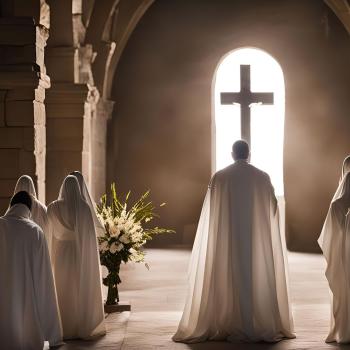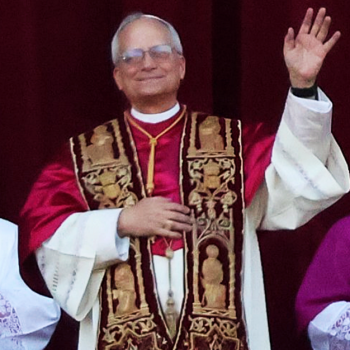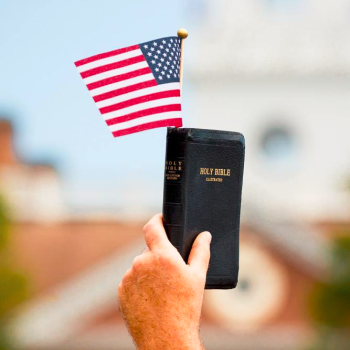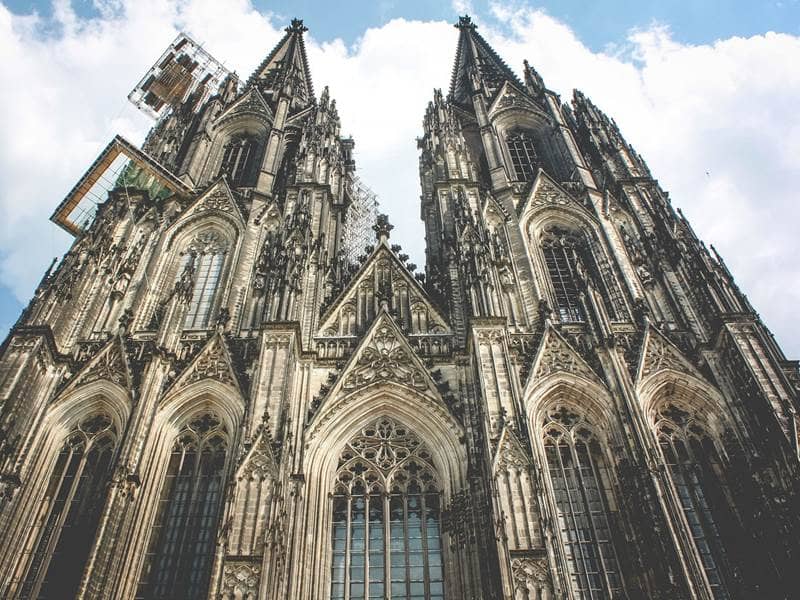
- Trending:
- Pope Leo Xiv
- |
- Israel
- |
- Trump
- |
- Social Justice
- |
- Peace
- |
- Love
The 100 Most Holy Places On Earth
Cologne Cathedral

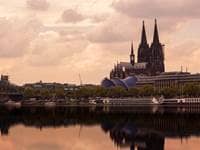
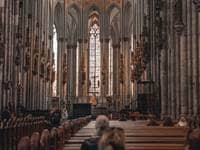
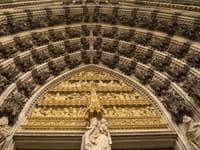
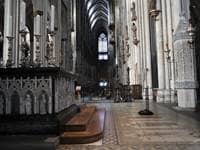
Also Known As:
Cologne Cathedral, Cathedral Church of Saint Peter, Shrine of the Three Kings.
Associated Faiths:
Also frequented by Christians of other High and Low-Church traditions, in addition to tourists of non-Christian traditions.
Accessibility:
Open to visitors, though access is limited during Mass and also during Confession.
Annual visitors: 6,000,000
History
The Cologne Cathedral is Northern Europe’s largest Gothic cathedral. In addition, it is the site which houses the Western World’s largest and most famed reliquary. Built on a location which previously accommodated a grain silo, a Roman temple, and at least two other cathedrals, it serves as the seat of the Roman Catholic Archbishop of Cologne. It is also Germany’s most visited historic landmark.
Construction on the cathedral began in the mid-13th century and continued through the mid-16th century. However, by the mid-1500s, work on the church ceased for various reasons. Having secured adequate funding to complete the project, building on the cathedral began again (in earnest) in the mid-19th century, with the completion—according to its original design plans—in 1880. Thus, the cathedral was completed 632 years after its construction had begun. During WWII, however, the building was hit fourteen times by arial bombs, doing significant damage. The post-war reconstruction and repairs were completed in 1956. One of the spires needed to be reconstructed in 2005. Since that time, physical maintenance on the cathedral has pretty much been ongoing, with scaffolding being a common sight on the exterior and interior of the building.
The most famous feature of the Cologne Cathedral would be its reliquary (or relics’ box)—which tradition says contains part of the remains of the “Wise Men” of New Testament fame. In the latter half of the 12th century, the Archbishop of Cologne acquired the remains. About a quarter of a century later, a Flemish goldsmith was commissioned to design a reliquary to house the relics, which consisted of the gold-crowned skulls of three men known as Melchior, Balthazar, and Caspar—whom Roman Catholic Christians believe were the “Three Kings” who followed a star to the side of the young Jesus, brining gifts of gold, frankincense, and myrrh. That enormous gold and jewel-encrusted reliquary—which took four decades to complete—is 16 inches high, 43 inches wide, and 87 inches long.
In addition to housing the reliquary (or shrine) of the Three Kings, the cathedral also houses other relics and “treasures” that draw pilgrims and visitors from Germany and elsewhere. For German Catholics, and for pilgrims generally—setting aside other historical sites—the cathedral at Cologne is one of that country’s most important sacred sites for those of the High Church tradition. Luther may be the most significant religious figure in Germany, but the Cologne Cathedral represents the other side of the Christian coin.
Religious Significance
Whereas churches are traditional houses of worship (in Christianity), cathedrals serve as the seat of the bishop. Often larger and more ornate than typical church buildings, cathedrals contain the “cathedra,” “seat,” “throne” or “chair” of the bishop. Hence their name. The Cologne Cathedral is the seat of the Archbishop of Cologne and the location from which the Archdiocese of Cologne is administered.
This particular cathedral is a draw for tourists and pilgrims for several reasons. Of course, one main reason is its size and architecture. There is no larger Gothic cathedral in Northern Europe—and the architecture of Cologne’s stands out on the landscape. One need not be religious to be inspired by the look and designed of this site, deemed holy by practitioners of the Catholic faith. It is a gothic treasure to religious and non-religious peoples alike.
Its most important relics are housed in the “reliquary” or “shrine of the Three Kings,” a late 12th-early 13th century gold-gilded and jewel-incrusted box which is said to hold the partial remains of the “Three Wisemen” who visited Joseph, Mary and young Jesus, bringing their gifts of gold, frankincense, and myrrh. Their gold-crowned skulls and some of their clothing are housed in the reliquary. Other than traveling to Bethlehem to see the traditional site of the birthplace of Jesus, the Cologne Cathedral is for many the closest one can get to an actual connection to the infant Christ. While there are many reliquaries in the Roman Catholic faith, Cologne’s is certainly the most ornate in addition to being the largest.
The cathedral is also the home of the famed “Gero Crucifix” or “Gero Cross”—which dates from the second half of the 10th century. Commission by the then Archbishop of Cologne (Archbishop Gero), it was carved out of oak, and gold gilded. Being 6 ft 2 inches in height, with the span of Jesus’ arms measuring 5 ft 5 inches, art historians have defined it as the oldest large crucifix of Jesus north of the Swiss Alps. Since its creation, it has resided in the Cologne Cathedral. While early Catholic crucifixes traditionally depicted Jesus still alive on the cross, the Gero Crucifix is the earliest known Western depiction of Him dead on the cross.
In addition to the partial remains of the “Three Wisemen” (housed in the reliquary), the Cologne Cathedral’s “St. Agnes’ Chapel” altar houses the remains of Saint Irmgard of Süchteln—an 11th century countess of Aspel Germany. She was famous for her life of solitude and generosity (distributing her wealth to various hospitals, churches, and the needy). Her sarcophagus dates to the late 13th century.
The Cologne Cathedral is famous for other pieces of religious art and architecture as well. For example, its statuary and ornate stained-glass windows. Much of what is housed therein is unparalleled in beauty and significance. Pilgrims and tourists alike find it a delight. A “sacred site” for the faithful of any denomination of Christianity, and a place of architectural and artistic beauty for the inquisitive non-believer.




